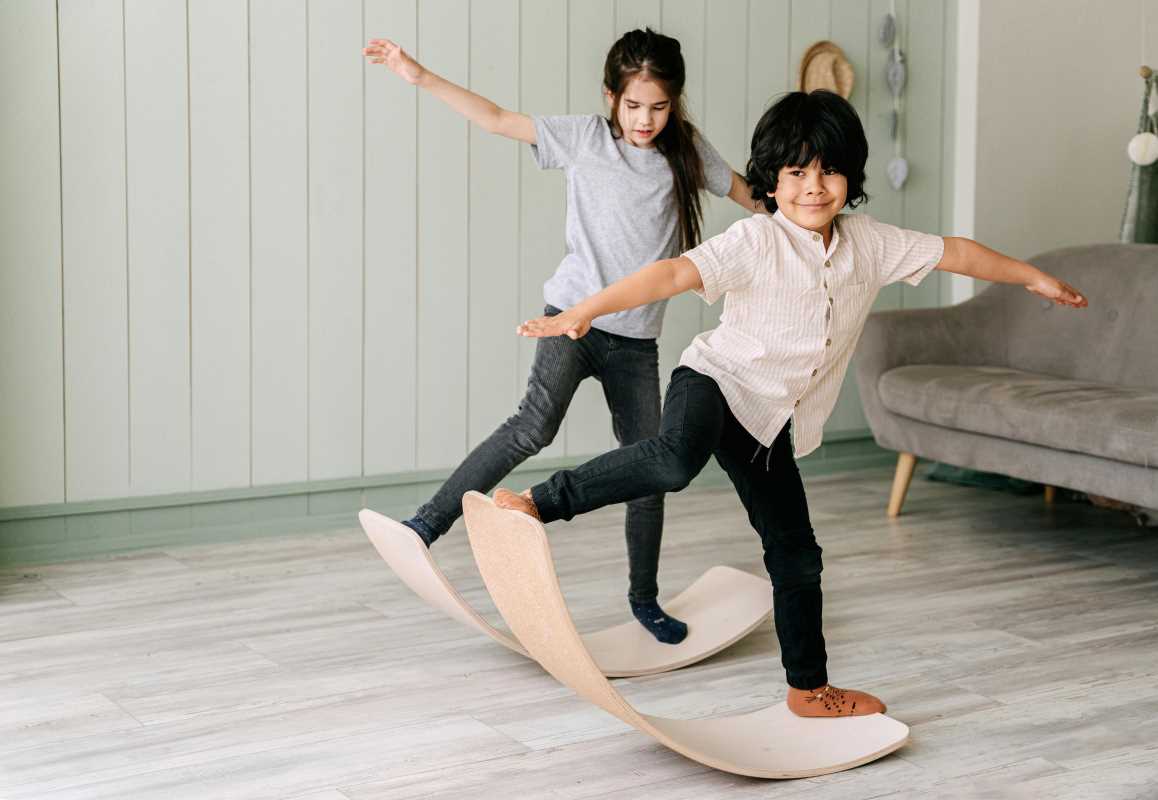Many children feel more comfortable indoors, but encouraging them to get active can become an enjoyable part of everyday life. A fondness for indoor activities offers unique advantages, and with a bit of imagination, physical movement can blend seamlessly into routines at home. Simple adjustments, such as incorporating playful games or dance breaks, make it easy for kids to move without stepping outside. By keeping activities lighthearted and approachable, parents and caregivers can turn ordinary moments into opportunities for fun, connection, and healthy development, all while respecting a child’s preference for the comforts of home.
Every household has its own rhythm, and sometimes the urge to nest in a cozy, controlled space feels safer and more enjoyable. Getting kids moving might start small, but the shared moments and genuine smiles during these activities can make any effort feel worthwhile. Let’s dive into some ideas that mix creativity, technology, and even a dash of outdoor charm.
Why Some Kids Prefer Indoor Play
Some kids adore indoor settings because they offer a predictable environment where everything is just the way it should be. This familiarity can be comforting, offering control over surroundings, temperature, and even feelings. Often, indoor activities like board games, video games, or simple crafts engage their minds in a way that feels safe and manageable.
The hesitation to try more open environments sometimes comes from a fear of the unknown. Indoor routines provide a structured setting where surprises are minimized. Embracing this habit can lead to introducing new types of physical experiences slowly, showing that the world outside isn’t as intimidating as it may seem.
Making Physical Activity Appealing Indoors
Injecting movement into an indoor setting becomes more enjoyable when creative twists get added. Instead of forcing standard exercises, consider transforming everyday spaces into mini playgrounds where fun rules the day. Mixing up the routine can change minds about what being active means.
Here are some inventive ideas to make the day more active while staying inside:
- Turn the living room into an obstacle course with cushions, chairs, and soft items to climb over and under.
- Create a dance-off challenge with favorite tunes, encouraging silly moves and quick footwork.
- Play interactive video games that require movement or mimic sports actions.
- Organize a mini scavenger hunt where clues guide a swing from one room to the next.
- Set up a yoga session with simple poses that everyone can try together.
Using Technology and Media to Promote Movement
Technology doesn’t have to be the enemy when it comes to activity; it can actually light the spark for movement. Many apps and streaming services offer interactive dance games, workout videos, and even virtual sports that blend the virtual and the real. This mix of leisure and movement makes exercise feel less like a chore and more like an adventure.
Embracing interactive tools lets daily screen time evolve into periods of imaginative exercise. Instead of just sitting, kids can mimic characters from cool stories, solve puzzles by moving around the room, or even follow choreographed moves on screen. The goal is to integrate motion into familiar tech channels, making the active moments both fun and relatable.
Motivation Strategies for Reluctant Movers
Sometimes enthusiasm needs a gentle boost, and creating fun incentives works wonders. When movement becomes a quest with clear rewards, every small victory feels like a big deal. Mixing routine activities with occasional surprises can build a sense of achievement that makes moving feel exciting.
Keeping the momentum going means finding ways to celebrate wins, no matter how minor they seem. From daily checklists to creative reward charts, transforming exercise into a game can spark genuine interest. Here’s a list of motivational techniques to try:
- Set up a weekly challenge where completing a series of activities earns a small treat or extra story time.
- Create a sticker or token chart that marks progress, leading to a larger reward after a set number of moves.
- Designate a “challenge day” where trying a new activity brings a fun twist to routine days.
- Offer choices in activities to boost excitement and give a sense of control over how to move.
- Celebrate all achievements with positive words and shared high-fives to build confidence.
Building Consistent Routines and Setting Realistic Goals
Introducing a regular movement schedule can create a sense of normalcy and expectation. Committing to a daily or weekly routine helps build habits that slip into the day naturally. Starting with small commitments often leads to bigger leaps in the journey to active living. Making room for movement in everyday tasks sends the message that little bursts of fun are important too.
Setting goals that feel achievable makes the process less overwhelming. A great idea is to designate specific times for bursts of active play, indoor play. Over time, these consistent steps can help develop lasting habits and more confident movers.
Gradually Exploring Outdoor Options
Start by moving one familiar activity outdoors, like a favorite game in the backyard, to make the transition easy and enjoyable. This gentle approach sparks kids’ curiosity and gradually builds positive feelings about outdoor play. Blending indoor, outdoor, and tech-based activities turns daily routines into more active, balanced, and fun experiences.
Adding movement to daily life transforms routine moments into opportunities for energy and fun. Blending indoor activities, outdoor adventures, and active tech time helps create a more balanced and playful lifestyle.
 (Image via
(Image via





